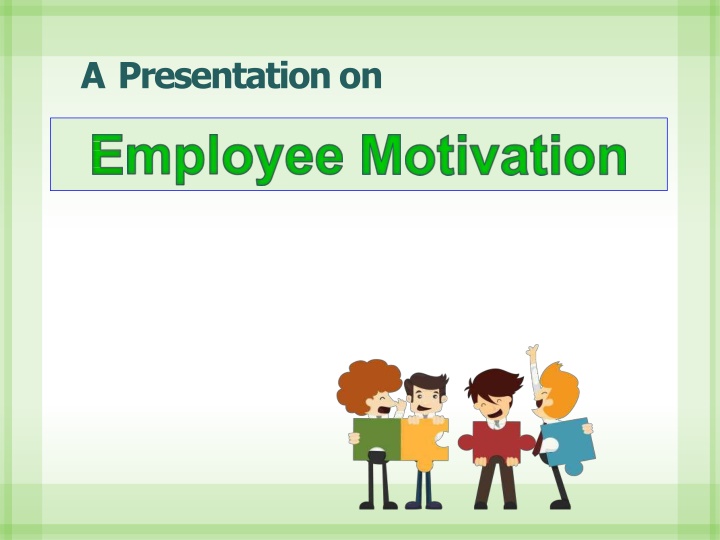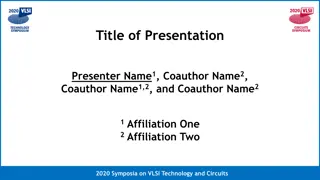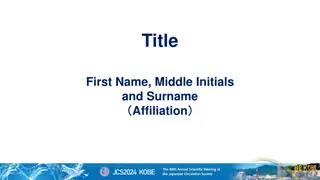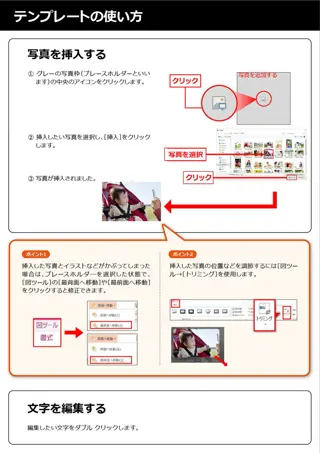
Motivation and Its Impact on Business Success
Discover the essence of motivation and its crucial role in driving employees to succeed. Explore psychological theories, such as Hertzberg's Two-Factor Theory and Maslow's Hierarchy of Needs, to gain insights into employee motivation. Unveil motivational tips and techniques to inspire and empower your team, addressing challenges such as personal preferences, communication, and self-confidence.
Download Presentation

Please find below an Image/Link to download the presentation.
The content on the website is provided AS IS for your information and personal use only. It may not be sold, licensed, or shared on other websites without obtaining consent from the author. If you encounter any issues during the download, it is possible that the publisher has removed the file from their server.
You are allowed to download the files provided on this website for personal or commercial use, subject to the condition that they are used lawfully. All files are the property of their respective owners.
The content on the website is provided AS IS for your information and personal use only. It may not be sold, licensed, or shared on other websites without obtaining consent from the author.
E N D
Presentation Transcript
WHAT WHAT IS IS MOTIVATION? MOTIVATION? Motivation is generally defined as the force that compels us to action. It drives us to work hard and pushes us to succeed. Motivation influences our behaviour and our ability to accomplish goals. Motivation is the driving force behind behavior. This is key to understanding why it is important for business. As managers/owners we need to drive behavior of our employees. Understanding what their motivation is and how to tap into it.
Psychological Theories of Motivation 1. Hertzberg s Two-Factor Theory: was developed by psychologist Frederick Herzberg in the 1950s. Herzberg found2 factors that influence employee motivation and satisfaction:
2. Maslows Hierarchy of Needs: The hierarchy is made up of 5 levels:
3. Hawthorne Effect: a tendency for some people to work harder and perform better when they were being observedby researchers. 4. Expectancy Theory: Proposes that people will choose how to behave depending on the outcomes they expect as a result of their behaviour. Expectancy Theory is based on threeelements: Expectancy the belief that your effort will result in your desired goal. Instrumentality the belief that you will receive a reward if you meet performance expectations. i. ii. iii. Valence the value you place on the reward.
Challenges of Motivating Employees Focus Personalities Communication Expectations Costs Environment Low Self-Confidence Low Expectations for Success Lack of Interest in Subject Matter AchievementAnxiety Fear of Failure
We all have a drive to Acquire & Achieve money, things,prestige, poweretc. We also want to Bond with others andBelong We strive to COMPREHEND our world and feelCHALLENGED Andwe needtoDEFINEandDEFENDthosethingsandideaswe BELIEVEIN
Motivational Tips & Techniques Top Ten Motivation Tips: 1) A positive attitude 2) The right tools and skills for the job 3) Training is always good, it keeps people up to date and focused on the job 4) Offer a nice clean working environment 5) Listening to your team 6) Positive immediate Effects 7) Encourage staff to dress smartly 8) Remind staff how their work matters to customers and encourage. 9) Join in and help an employee who is under pressure. Ask what can be done and help complete the task side-by-side. 10)Create a change of pace by giving employees a chance to work on exciting projects or learn new skills.
Effective Ways to Motivate Employees Create a Positive Work Environment Increase salary Set Goals Build Trust and Respect Business Promotion Understanding Employees Improve productivity Reduce workload Improve your leadership Provide Incentives Building Employee Recognition Program
RecognizeAchievements Share Profits Solicit Employee Input Provide Professional Enrichment Positive Reinforcement Cross Training Radiate Positivity Be Transparent Motivate Individuals Rather Than the Team Rewards: intrinsic and extrinsic motivation
References https://en.wikipedia.org/wiki/Employee_motivation http://www.inc.com/ilya-pozin/14-highly-effective-ways-to-motivate- employees.html http://www.employee-motivation-skills.com/employee-motivation- techniques.html http://www.inc.com/encyclopedia/employee-motivation.html http://www.accel-team.com/publications/atPDF_02_motivation.html https://contactzilla.com/blog/5-psychological-theories-motivation-increase- productivity/ https://www.officevibe.com/blog/challenges-first-time-managers





















